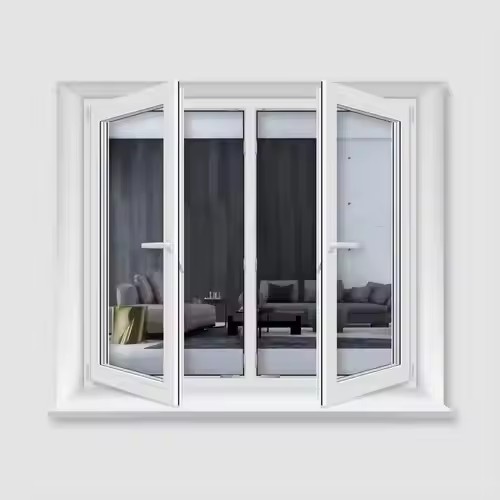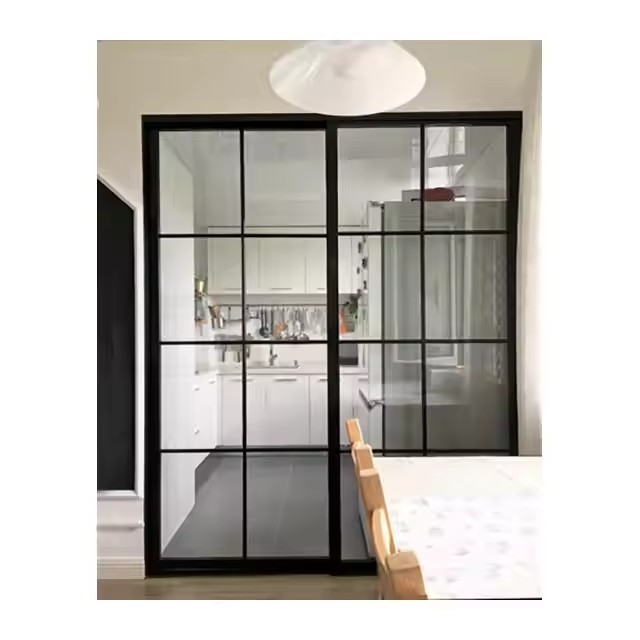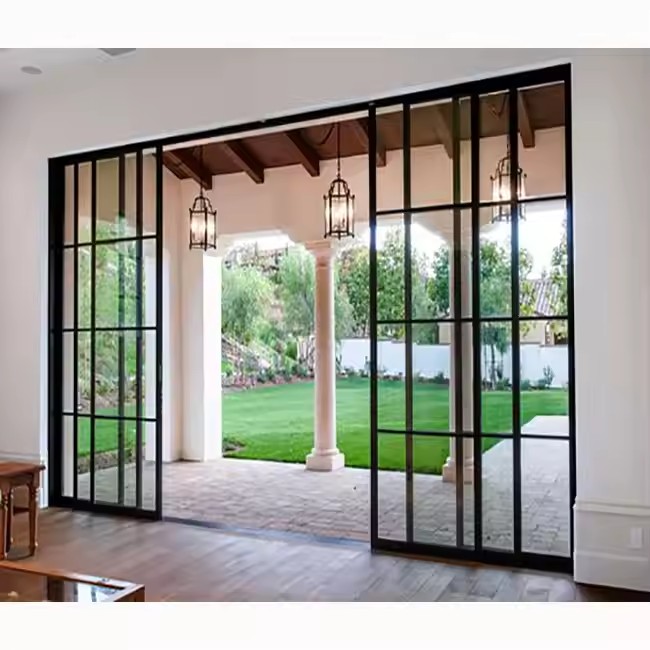When selecting curtain wall materials in Australia, the key lies in balancing the country’s unique climate conditions, strict building codes, sustainability requirements, and long-term operating costs. The decision should focus on performance suitability, compliance, and cost-effectiveness, rather than pursuing the “superiority” of a single type of material.
Climate adaptability is the primary consideration. Much of Australia experiences tropical, subtropical, or temperate climates, facing challenges such as strong UV radiation, large daily temperature differences (hot days and cool nights), high salt spray in coastal areas, and frost in some southern regions. Glass, as the core transparent component of curtain walls, should prioritize low-emissivity (Low-E) double- or triple-glazing. These coatings block UV rays that accelerate indoor furniture aging while reducing summer heat gain and winter heat loss, meeting Australia’s energy-efficiency requirements. In cities with long hot summers, such as Sydney and Melbourne, glass with a lower shading coefficient (SC) can be used to further cut air-conditioning energy consumption. For coastal cities like Brisbane and Perth, sealants should be silicone-based with salt-spray resistance to prevent sealant failure and water leakage caused by long-term sea wind exposure. From a strength perspective, higher wind-load resistance glass is necessary to cope with Australia’s variable weather conditions.

For metal materials, aluminum alloy is the mainstream choice for curtain wall frames in Australia. However, the surface treatment must be selected based on the environment. Powder coating is sufficient for inland regions, providing UV resistance and a wide range of color options. In high-salt coastal regions, PVDF (fluorocarbon) coatings are necessary due to their superior durability and corrosion resistance, protecting aluminum frames from salt-induced oxidation. Importantly, Australia has strict environmental requirements for metals, so materials must comply with local “sustainable building material certification.” Recycled aluminum is preferred to reduce carbon emissions during production.
Panel materials should be chosen according to building function and regional conditions. Beyond glass, stone panels (e.g., locally sourced granite) are popular in public buildings requiring a heavy appearance. However, stone must be treated to control water absorption—otherwise, heavy rainfall in summer or freeze-thaw cycles in southern regions could cause surface spalling. Ceramic panels, being eco-friendly, are increasingly used in Australia. They offer excellent UV and heat resistance, lightweight density, and low thermal conductivity, enhancing insulation. They are recyclable, aligning with Australia’s sustainability goals. However, since ceramic panels have weaker impact resistance, they should not be used extensively in high-traffic lower levels without protective measures.

Sealants and insulation materials, though not part of the visible façade, are crucial to performance. Sealants must comply with AS 4020 standards. Structural adhesives, in particular, need bonding tests to ensure long-term adhesion with glass and aluminum frames, preventing detachment. In regions with wide temperature variations, sealants must also maintain high elasticity to avoid cracking. For insulation, only non-combustible materials like rock wool or glass wool are recommended. Australia’s building codes (AS 1530.4) strictly prohibit flammable products like polystyrene. Inorganic insulation not only provides superior fire resistance but also resists termite damage—important given Australia’s frequent termite activity.
Lifecycle cost is another critical factor. Australia emphasizes long-term performance rather than just upfront cost. For example, single-layer glass is cheaper initially, but its higher energy losses and frequent replacements lead to greater overall expenses. Conversely, PVDF-coated aluminum, while more expensive upfront, reduces maintenance costs and proves more economical in the long run. Recyclability is also vital, as many Australian states mandate recycling rates for construction waste (e.g., Victoria requires at least 80% for commercial buildings). Therefore, recyclable materials like aluminum and glass are preferred, ensuring compliance and lowering environmental impact after demolition.

